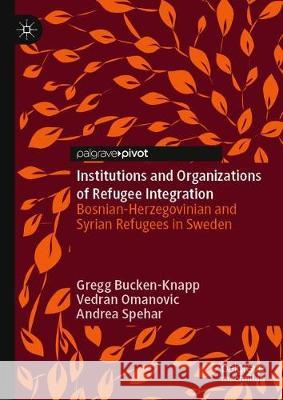Institutions and Organizations of Refugee Integration: Bosnian-Herzegovinian and Syrian Refugees in Sweden » książka
topmenu
Institutions and Organizations of Refugee Integration: Bosnian-Herzegovinian and Syrian Refugees in Sweden
ISBN-13: 9783030272487 / Angielski / Twarda / 2019 / 130 str.
Institutions and Organizations of Refugee Integration: Bosnian-Herzegovinian and Syrian Refugees in Sweden
ISBN-13: 9783030272487 / Angielski / Twarda / 2019 / 130 str.
cena 221,90
(netto: 211,33 VAT: 5%)
Najniższa cena z 30 dni: 212,02
(netto: 211,33 VAT: 5%)
Najniższa cena z 30 dni: 212,02
Termin realizacji zamówienia:
ok. 22 dni roboczych
Bez gwarancji dostawy przed świętami
ok. 22 dni roboczych
Bez gwarancji dostawy przed świętami
Darmowa dostawa!
Kategorie:
Kategorie BISAC:
Wydawca:
Palgrave Pivot
Język:
Angielski
ISBN-13:
9783030272487
Rok wydania:
2019
Wydanie:
2020
Numer serii:
000793452
Ilość stron:
130
Waga:
0.32 kg
Wymiary:
21.01 x 14.81 x 0.97
Oprawa:
Twarda
Wolumenów:
01
Dodatkowe informacje:
Wydanie ilustrowane











